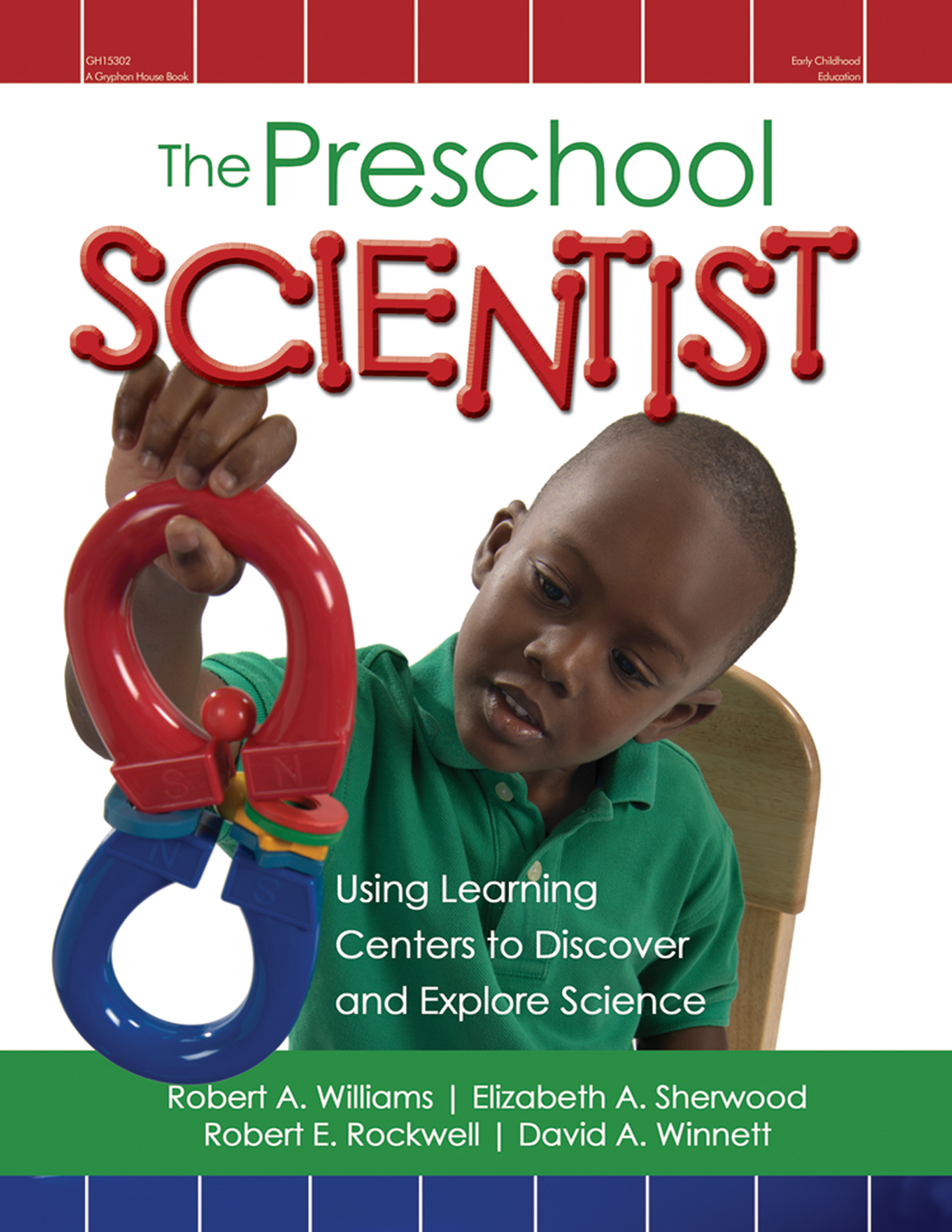A STEM activity from The Preschool Scientist

Whether they're making popsicles in the summertime or watching puddles freeze in the winter, children have seen water freezing and forming ice. This activity is a simple review of the process, but this time the children should focus on the change taking place. The water changes into ice because of the cold temperature. When the temperature warms up, the ice can change back to water. A little glitter provides evidence of the change.
Materials:
- 2-3 cups of water
- food coloring
- freezer
- glitter or sequins
- ice cube trays
- pitcher
- potted plants
What to Do:
- Talk with the children about what they know about ice. Encourage them to share things they know in addition to their classroom experiences. Perhaps someone knows about icicles. Someone else might ice skate.
- Fill a pitcher with water. Have the children feel the water and talk about its temperature. Tell the children that you are going to use the water to make ice. Talk about what you need to do to make ice. Most children at this age will know you can put water in the freezer to make ice.
- Tell the children that you are going to do something special with this ice so that when it melts, it will be easy to find where the ice once was. Set out several ice-cube trays. Provide some food coloring, glitter, and sequins and invite the children to put these materials into the water they put in the trays.
- Place the trays in the freezer. Say, “Tomorrow we will look at the trays to see if the ice is ready.” Let the children observe the freezer to see how cold it is.
- The next day, remove the trays from the freezer and show them to the children. Encourage the children to talk about how the water looks now. Point out that the water changed because it was very cold in the freezer. Ask the children how the water is different from the water they touched yesterday.
- Tell the children they are going to let the ice change back into water. “We are going to find lots of places to watch it happen. When the ice cubes disappear, the glitter, sequins, and some remaining water will tell us where the ice cubes used to be.”
- With the children, walk around both inside and outside and find places to put the ice so it can melt. Remind the children that ice turns into water, so they need find places where the ice can melt without hurting anything. Suggest putting one cube in a cup where everyone can see it, and putting others in potted plants around the room. Another possibility is to put one on the counter by the sink and another in an empty paint cup. Go outside and find more places to put the ice. Ask, “Could one go at the end of the bench? How about in a few spots on the sidewalk?”
- Ask the children to observed the ice periodically. The glitter or colored water will mark the spots where the ice changed back to water.
Observing and Assessing the Child’s Science Learning
- Can the child describe the different states of water he or she observed?
- Can the child explain that ice forms when water freezes and that when ice melts it changes back to water?
Keep It Simple
- Place pieces of fruit in the freezer and encourage the children to observe the pieces of fruit change when they freeze. Compare the frozen fruit to frozen water.
Add a Challenge
- Place water in one compartment of an ice tray, powdered drink mixture in another, orange juice in another, milk in another, and so on. Compare the results when you freeze these different liquids.
Lesson Connections:
Themes (Seasons/Weather)
Take Sparkle Ice outside in both the summer and winter and let the children see how different kinds of weather affect the ice.
Snacks and Cooking
Make frozen treats as part of a summer or cooking theme. Bring in an ice-creme freezer and help the children make ice cream. Make frozen juice, yogurt, or pudding pops for the children to try. Frozen bananas and grapes are delicious, too
Dual Language Learners
Make this a collaborative project by pairing children who are learning English with fluent English-speaking partners. Encourage each of the children to help one another describe what they see.
Children’s Books
- Angelina Ice Skates by Katharine Holabird and Helen Craig
- From to Cow to Ice Cream by Bertram T. Knight
For more ideas on using learning centers to discover and explore science, check out The Preschool Scientist.

